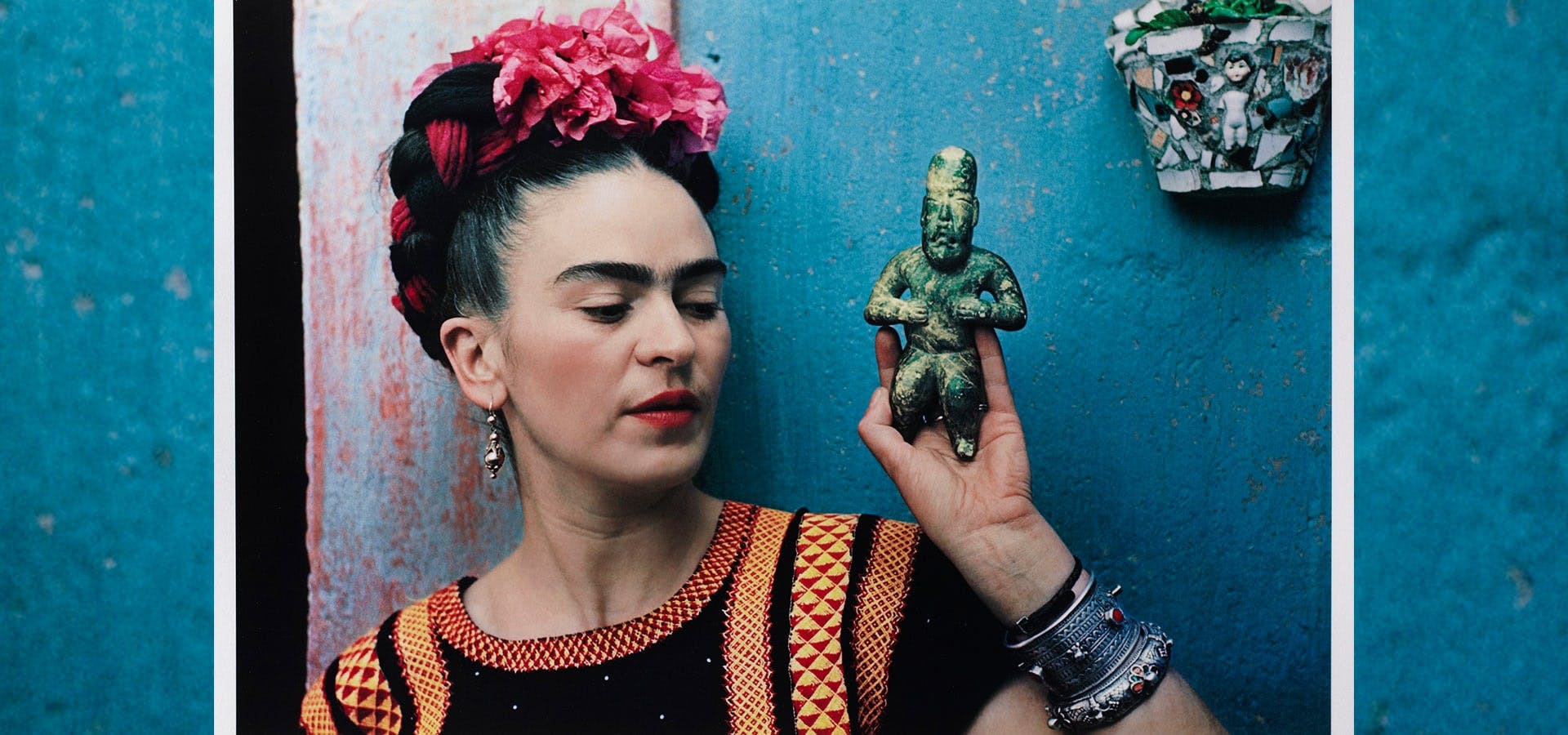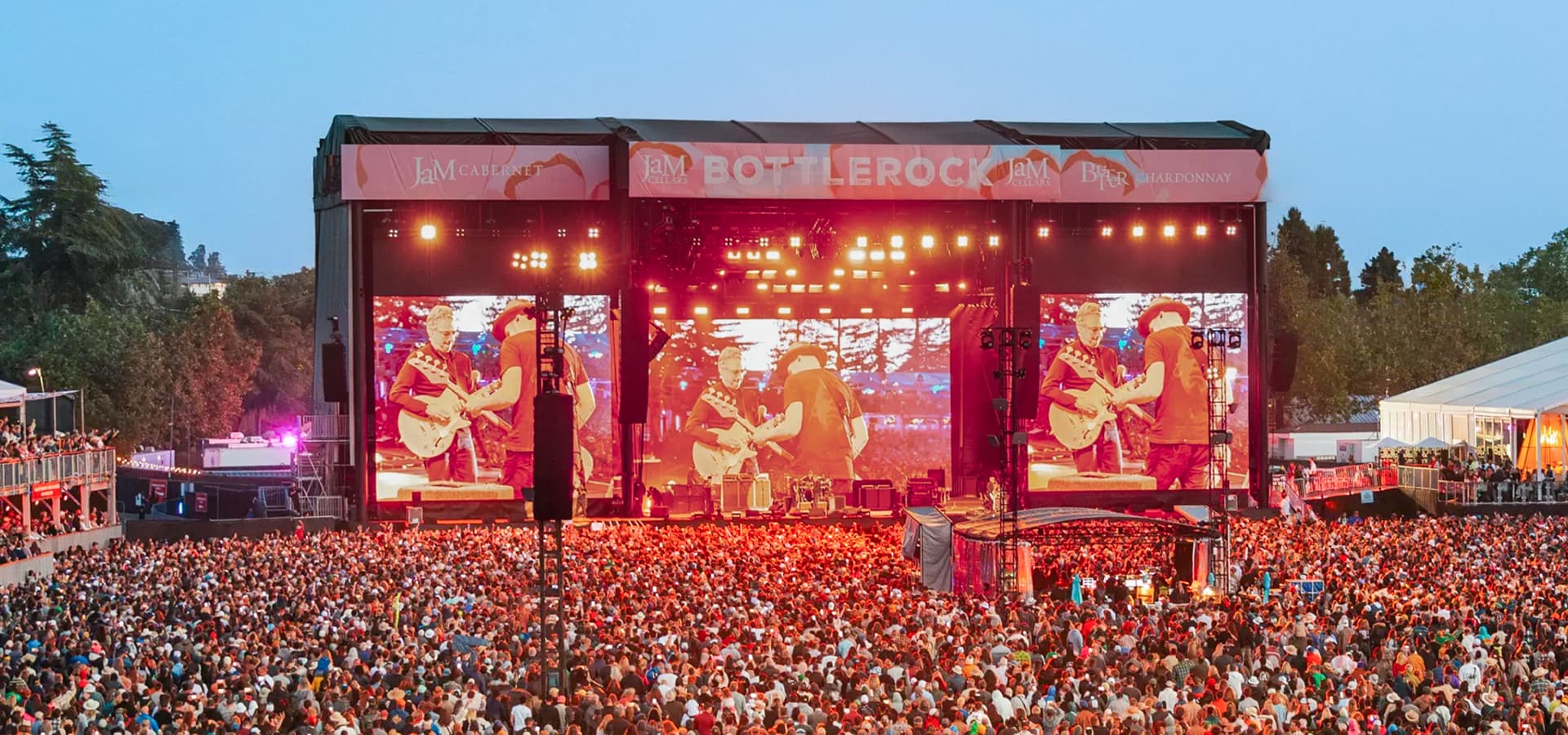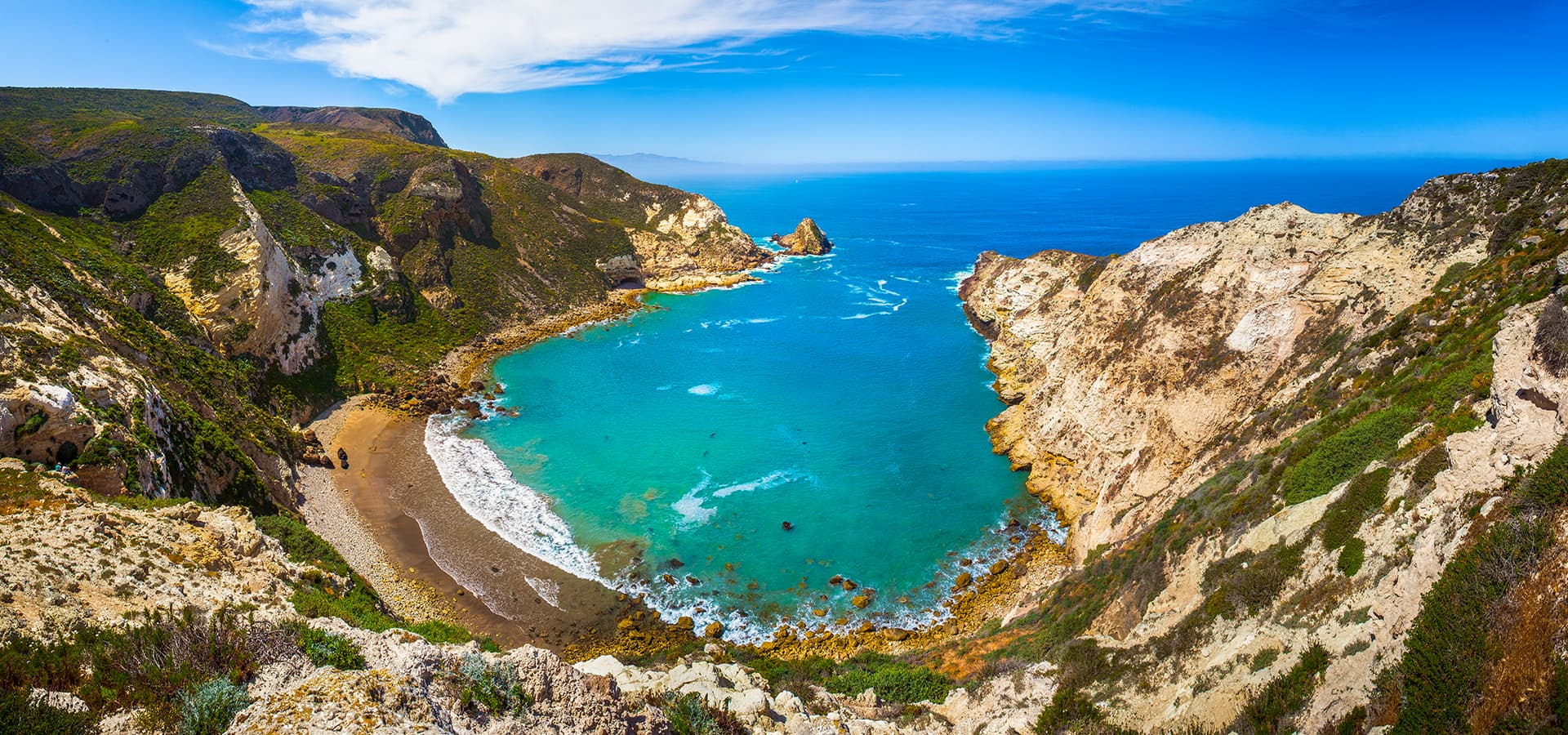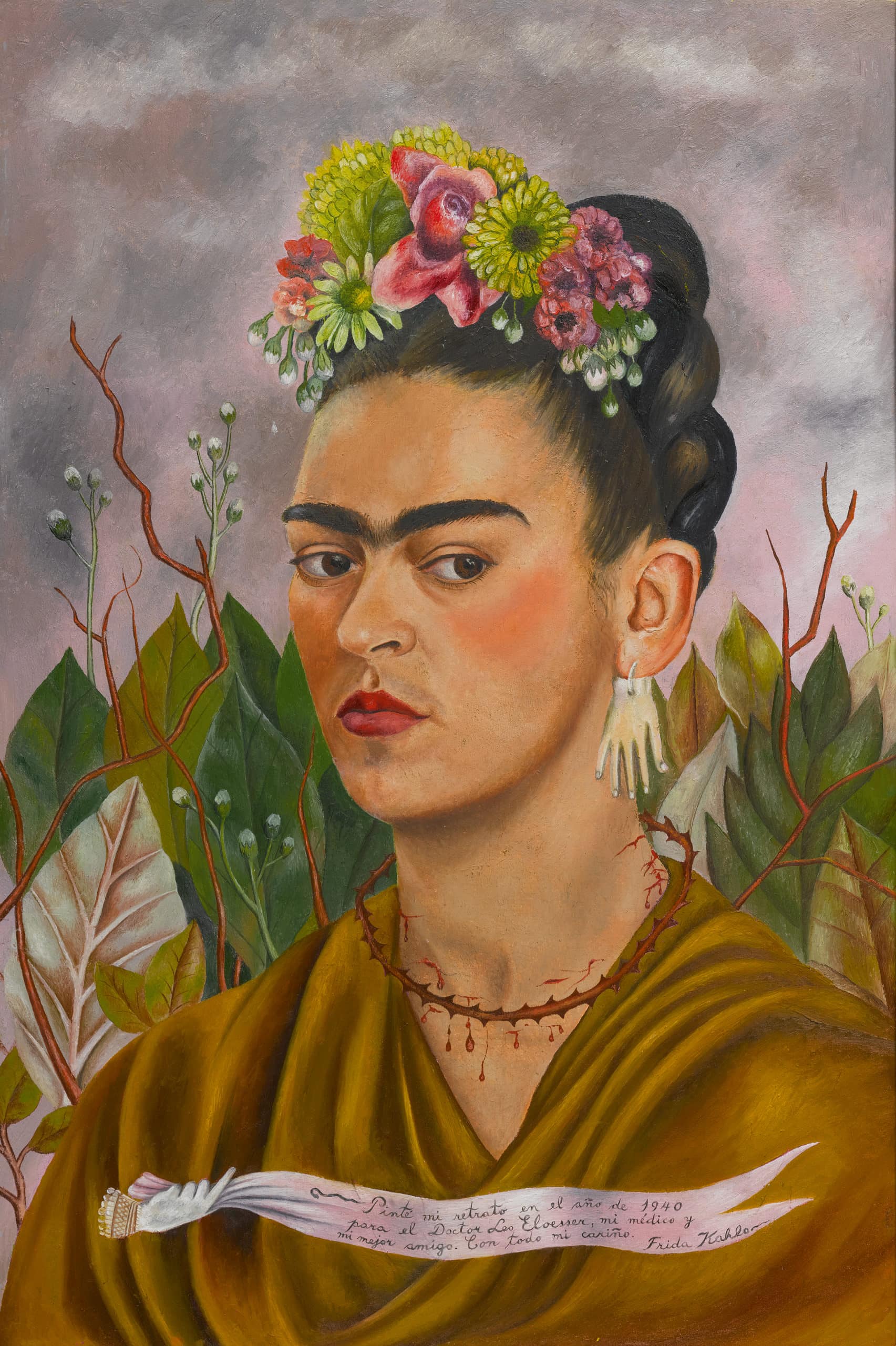
Today, Kahlo is known for her unique personal style as much as for her extraordinary art practice. A celebrity during her life, now elevated to icon status, her image is instantly recognizable and widely reproduced. Memorialized in arresting self-portraits and myriad photographs, her image is as much an expression of her creativity as her paintings are. Both her art and style reflect her deeply held personal beliefs, which led to the creation of a magnetic and enduring icon.
Kahlo had a special bond with San Francisco and the city greatly impacted her art. Her encounters with “Gringolandia” (as she called the United States) were formative and complex, and it was during these visits that Kahlo began to fashion her indigenous Mexican identity both in her self-portraits and in her iconic style. While in San Francisco, she painted a double portrait of herself and Rivera, which was the first time she depicted herself in what would become her iconic Tehuana-inspired dress, marking the beginning of her self-constructed persona.
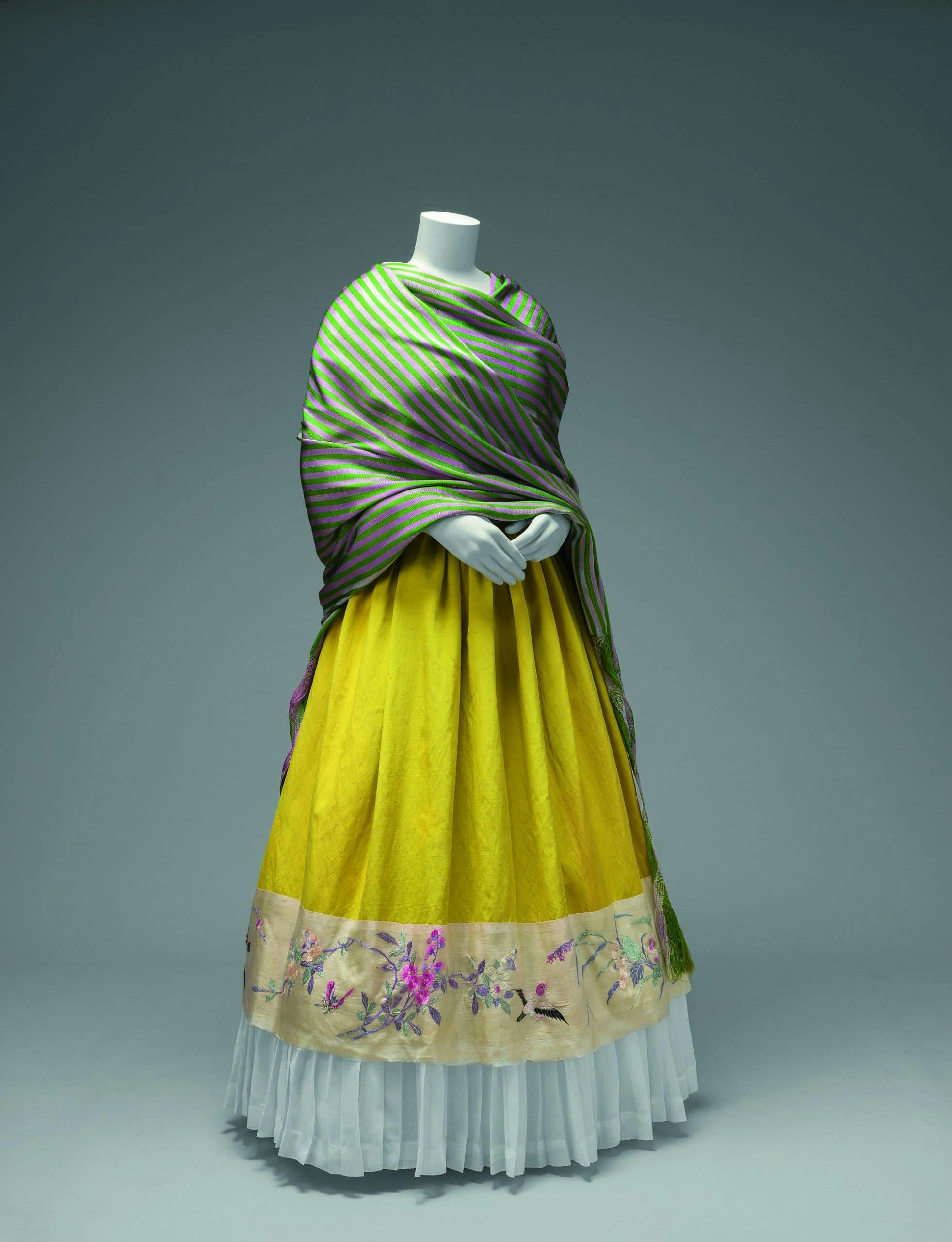
“Kahlo used her appearance to express her Mexicanidad, her identity as a Mexican woman at a time when her country was undergoing great political and social change,” explains Hillary Olcott, Associate Curator of the Arts of Africa, Oceania, and the Americas. “This became especially important when she left Mexico, and traveled to San Francisco for the first time. She created the double portrait here in the city, which is also where it was first shown outside of Mexico.”
The exhibition also reveals how Kahlo used her dress and other creative enterprises as outlets to cover but also to contend with the physical and emotional traumas that shaped her life. Many of these personal items came to light in 2004 after decades of being sealed off in her lifelong home, La Casa Azul (now Museo Frida Kahlo) in Mexico City.
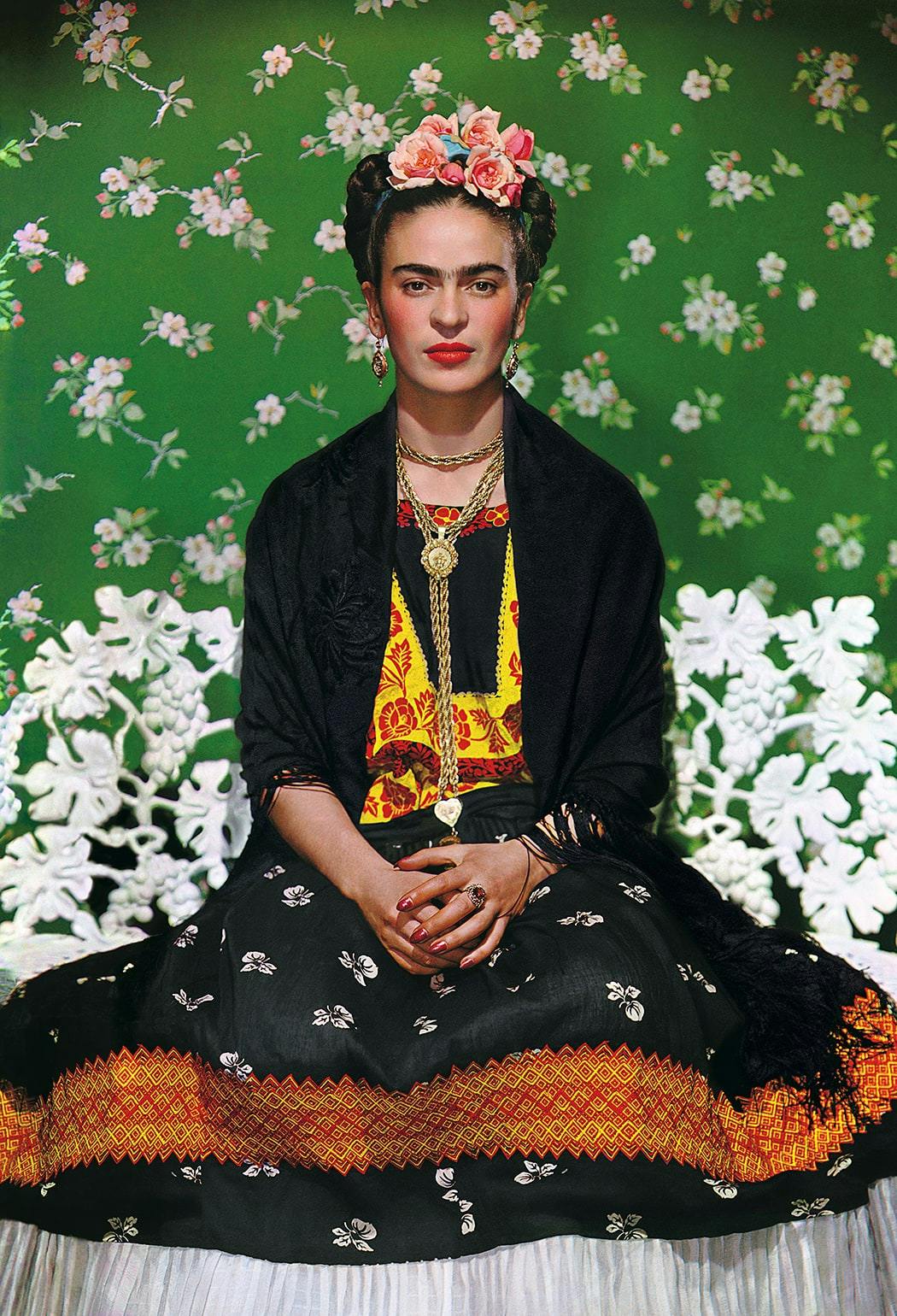
This critically acclaimed exhibition originated at the Frida Kahlo Museum in Mexico City in 2012. The presentation at the de Young features paintings loaned from American museums and private collectors, highlighting relationships Kahlo established in San Francisco. It also complements the Fine Arts Museums’ costume collection as well as paintings and works on paper by Mexican artists Diego Rivera and José Clemente Orozco, in addition to the Fine Arts Museums’ collection of Mexican antiquities.
The exhibition is on view at the de Young museum from March 21 through July 26, 2020. For more information, visit deyoung.famsf.org.





